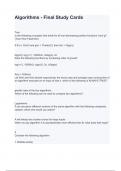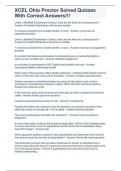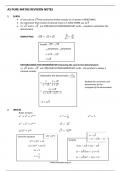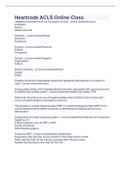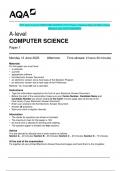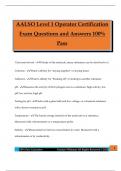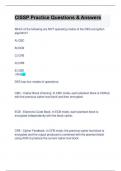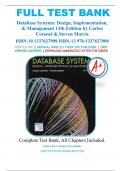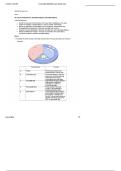Table of Contents
Unit 5 – Data Modelling...............................................................................................................................3
Introduction.................................................................................................................................................3
..................................................................................................................................................................... 3
Stages in Decision Making Process..............................................................................................................4
Understanding the Scenario....................................................................................................................4
Identifying Information and Sources.......................................................................................................4
Factors Affecting the Quality of Information...........................................................................................5
Analyzing the Information.......................................................................................................................7
Identifying Alternatives............................................................................................................................7
Identifying Consequences of Implementing the Alternatives..................................................................8
Making and Justifying the Decision..........................................................................................................8
Communicating decision to others..........................................................................................................9
Clients..................................................................................................................................................9
Supervisor..........................................................................................................................................10
Project Sponsor..................................................................................................................................10
Spreadsheet Features of Data Modelling..................................................................................................10
Formatting Data.....................................................................................................................................10
Using Formulae and Functions...............................................................................................................11
Validation and Verification of Data.......................................................................................................12
1|Page
,Joshua Hall Assignment 1 – Learning Aim A Unit 5 – 2022
Analyzing and Interpreting Data............................................................................................................14
Presenting Data.....................................................................................................................................15
Using Data Modelling to Consider Alternatives.........................................................................................16
Identifying Inputs Required for Model...................................................................................................16
Range of Outputs that can be Produced................................................................................................16
Benefits of Alternative Solutions...........................................................................................................17
Limitations of Alternative Solutions.......................................................................................................18
Impact and Consequences of Alternative Solutions...............................................................................18
Identifying the Best Produce Alternative Solution.................................................................................19
Evaluating Models.....................................................................................................................................19
How the Current Model Reflects the Scenario......................................................................................19
Decisions using the Model.....................................................................................................................19
Data Model Improvements....................................................................................................................20
Other Factors.........................................................................................................................................21
Documenting and Justifying Decisions.......................................................................................................21
Summarizing the situation.....................................................................................................................21
Identifying the Information Sources......................................................................................................22
Indicating Factors Considered................................................................................................................22
Method Used to Reach Decisions..........................................................................................................23
Justifying Choices...................................................................................................................................23
2|Page
,Joshua Hall Assignment 1 – Learning Aim A Unit 5 – 2022
Choice of information........................................................................................................................24
Factors Considered............................................................................................................................24
Methods Used...................................................................................................................................24
Unit 5 – Data Modelling
Introduction
In this assignment, I will be investigating the process of the decision-making process for data modelling.
Therefore, I will first explain the stages in the decision-making process along with others such as
spreadsheet features, considering alternatives, evaluating models and being able to provide
documentation and justifications of the models.
Before you can start designing or creating a spreadsheet for your clients you first need to know what
data modelling is and how it can be applied correctly in fulfilling your client’s needs. Data modelling is
used to help create and consider alternative choices when your client has given you certain tasks that
they would like completed.
Data modelling is the process of creating a visual representation of either a whole information system or
parts of it to communicate connections between data points and structures. The goal is to illustrate the
types of data used and stored within the system, the relationships among these data types, the ways the
data can be grouped and organized and its formats and attributes.
3|Page
, Joshua Hall Assignment 1 – Learning Aim A Unit 5 – 2022
Stages in Decision Making Process
Understanding the Scenario
First of all, you need to understand the scenario that the data model is going to be applied to. If you do
not understand the scenario, then you will not be able to create an effective data model as you will not
understand where it going to be applied to. This would be a problem for the client as the data model will
not be fully optimized to run their scenario as it was created by someone who does not fully understand
what they were creating it for. You need to know the reason as to why this data model is being created.
These reasons will include who wants the data model, why they need it and what they would like to
show from it. By understanding these points and knowing the scenario this will allow you to create a
spreadsheet which will be used to its full extent.
This means that if you make a spreadsheet which allows them to see what is likely to happen from each
possible alternative and in the end showing them the best result that the client will be happy with. If the
client wants, you to create a spreadsheet to decide then price of a newly released product. This
spreadsheet would need to cover the wide range of topics such as how many items have been made,
how many will be sold, the total cost of creating the product, and the profit wanted from the product. If
you understand the scenario to its fullest extent, it will allow you to create the spreadsheet with much
more detail and the customer will be much happier as it will fulfil their needs.
Identifying Information and Sources
All data models need information so by this point in your decision-making process you should know
where the information you will be using will come from and if it is reliable information that you can use.
4|Page

